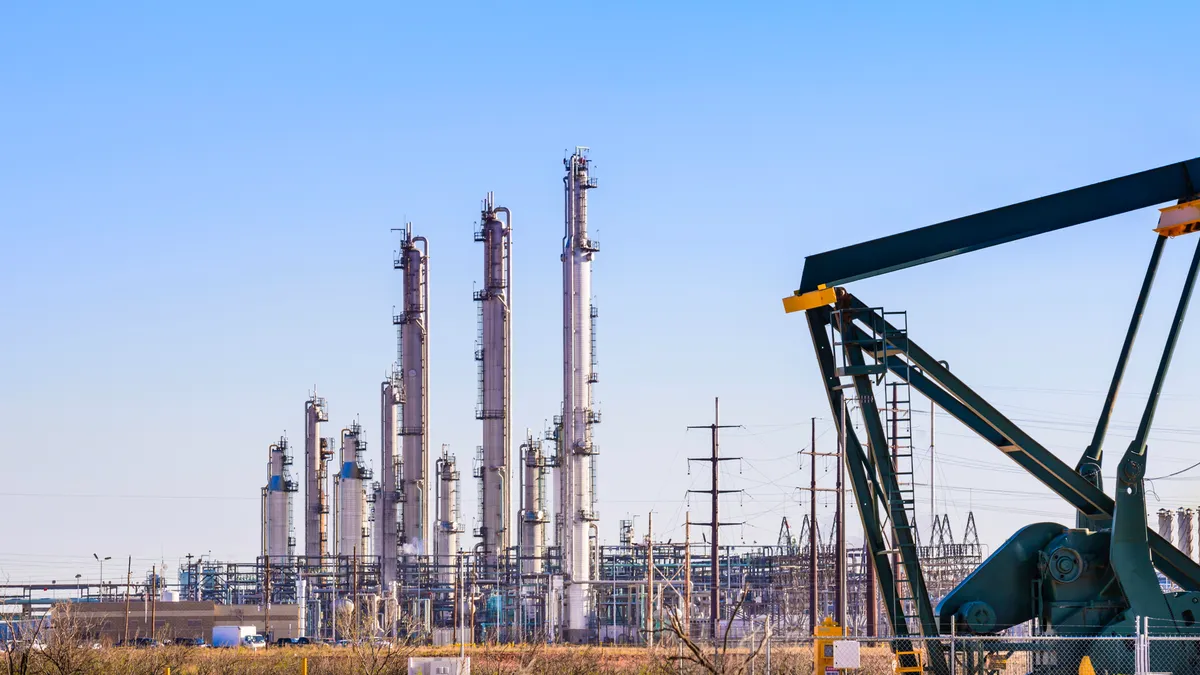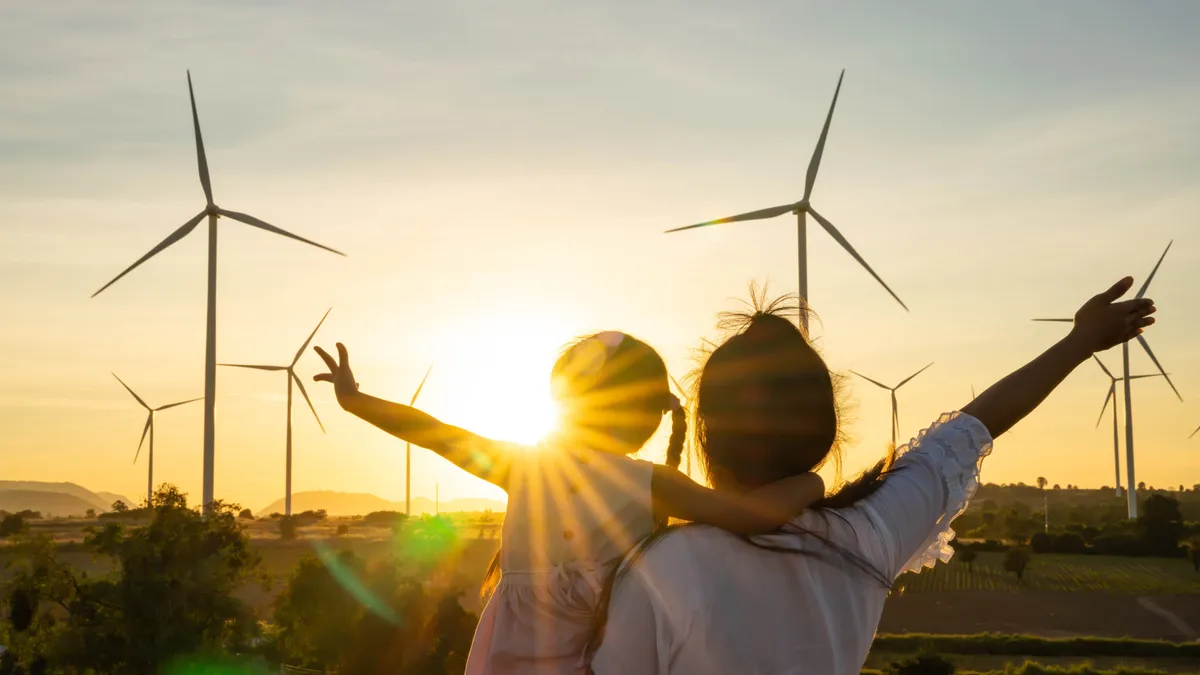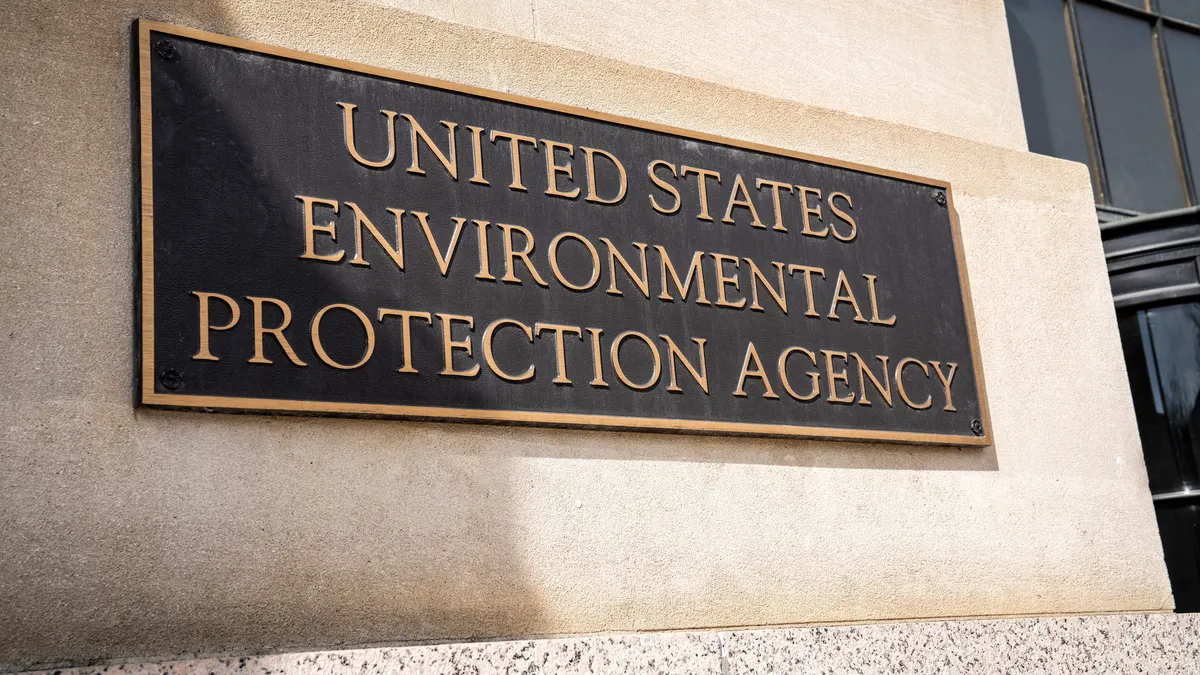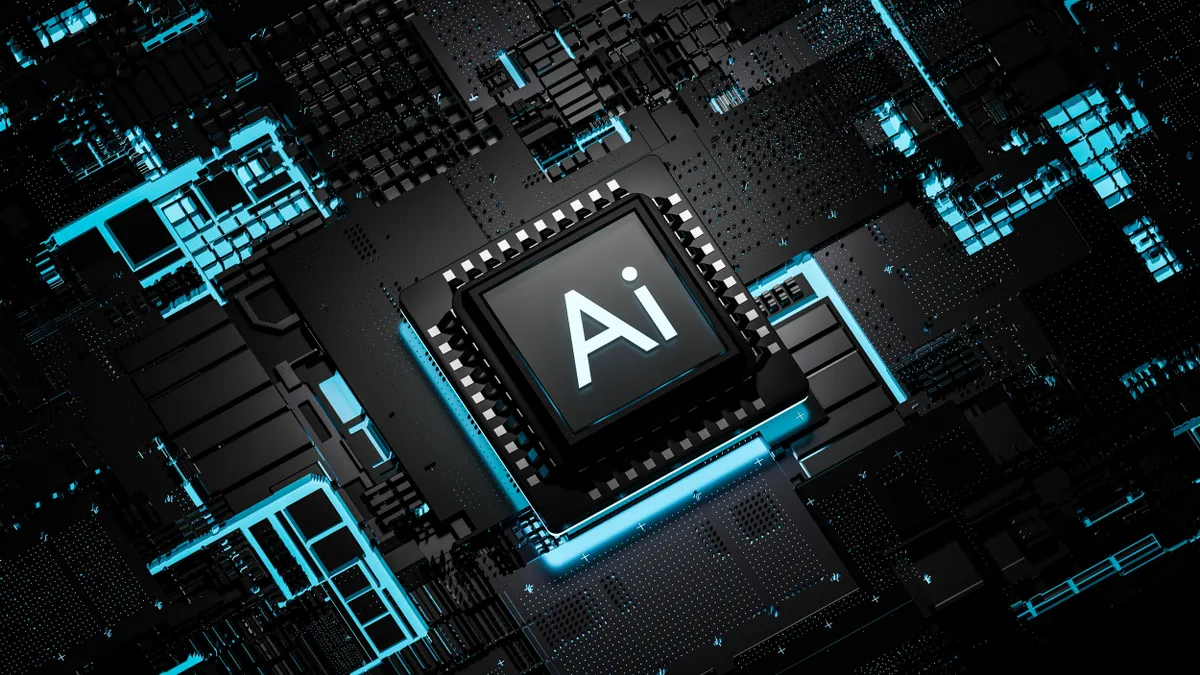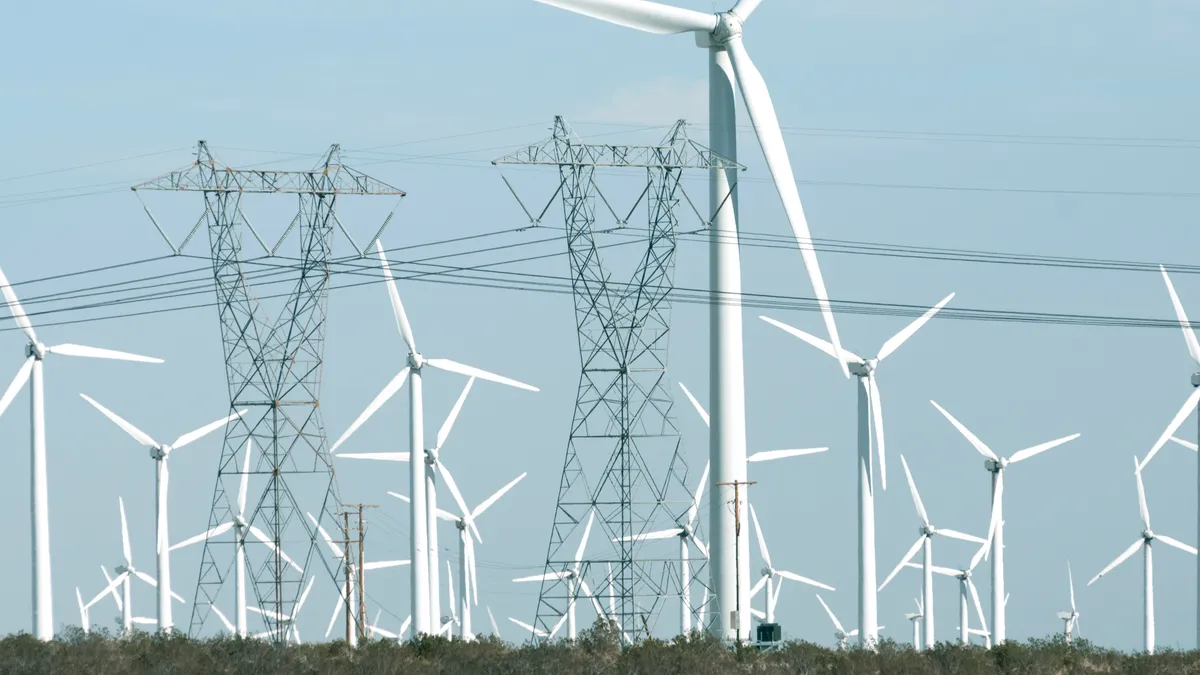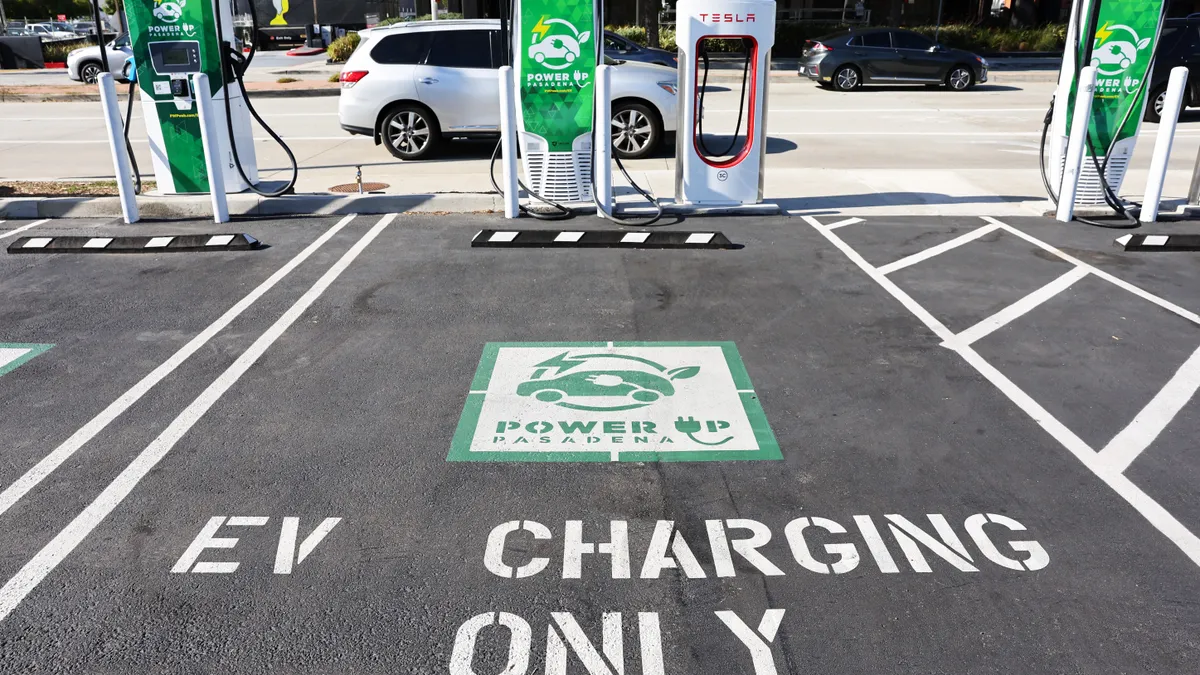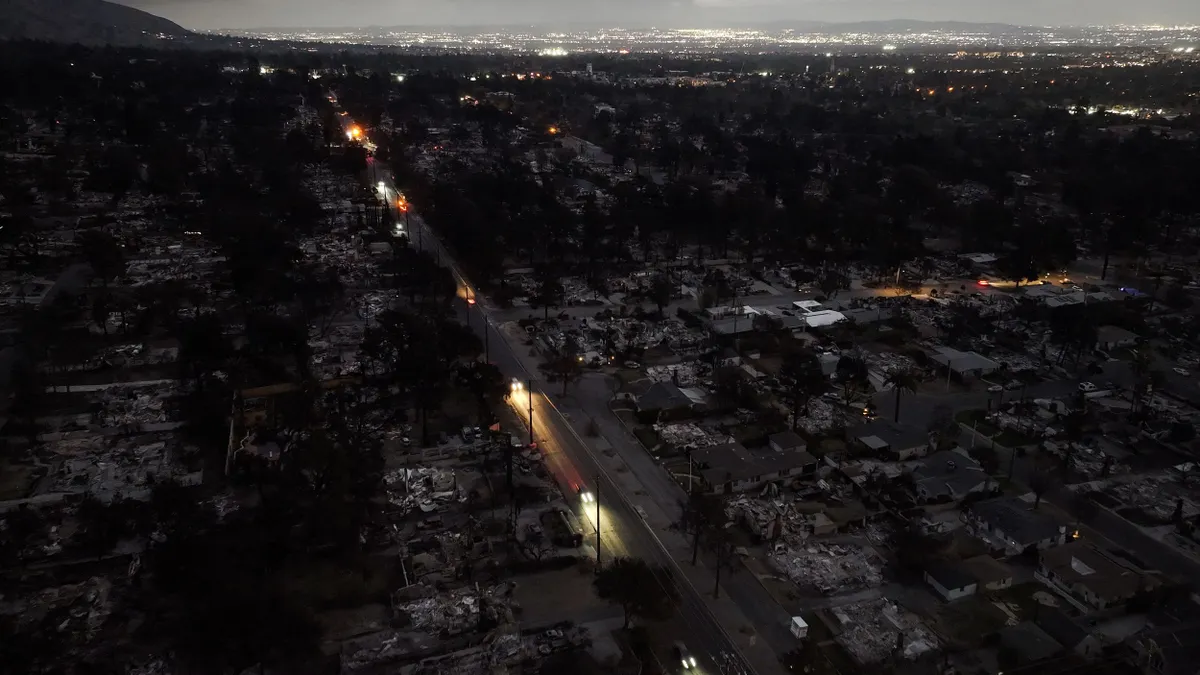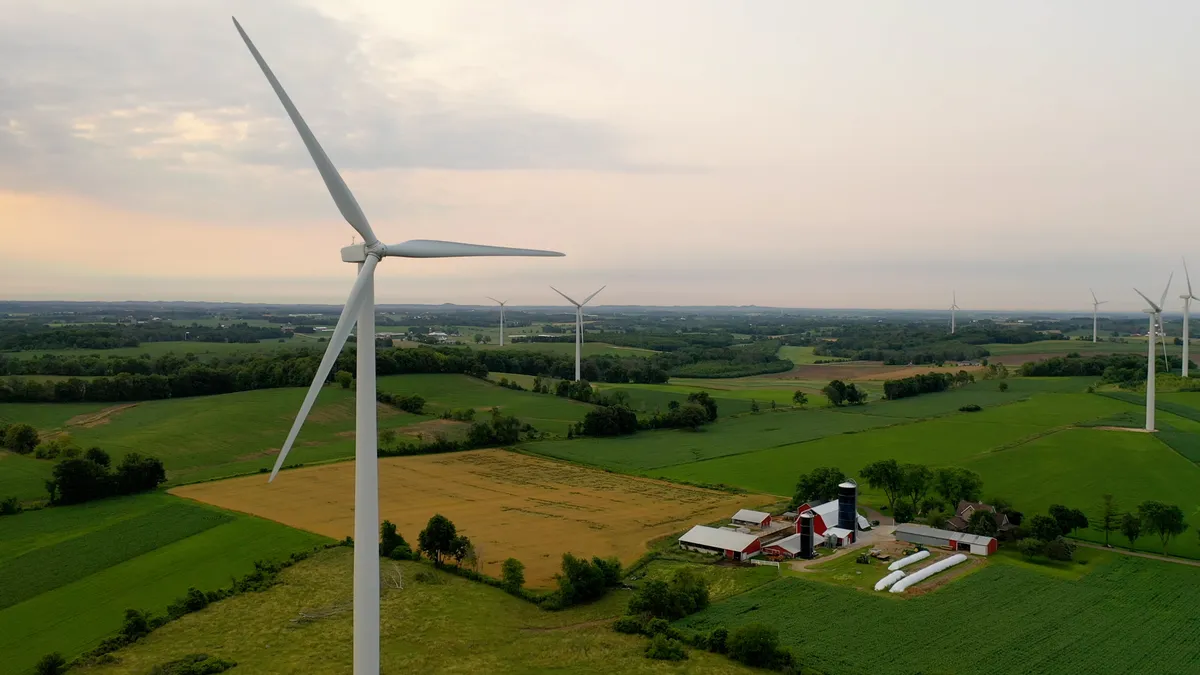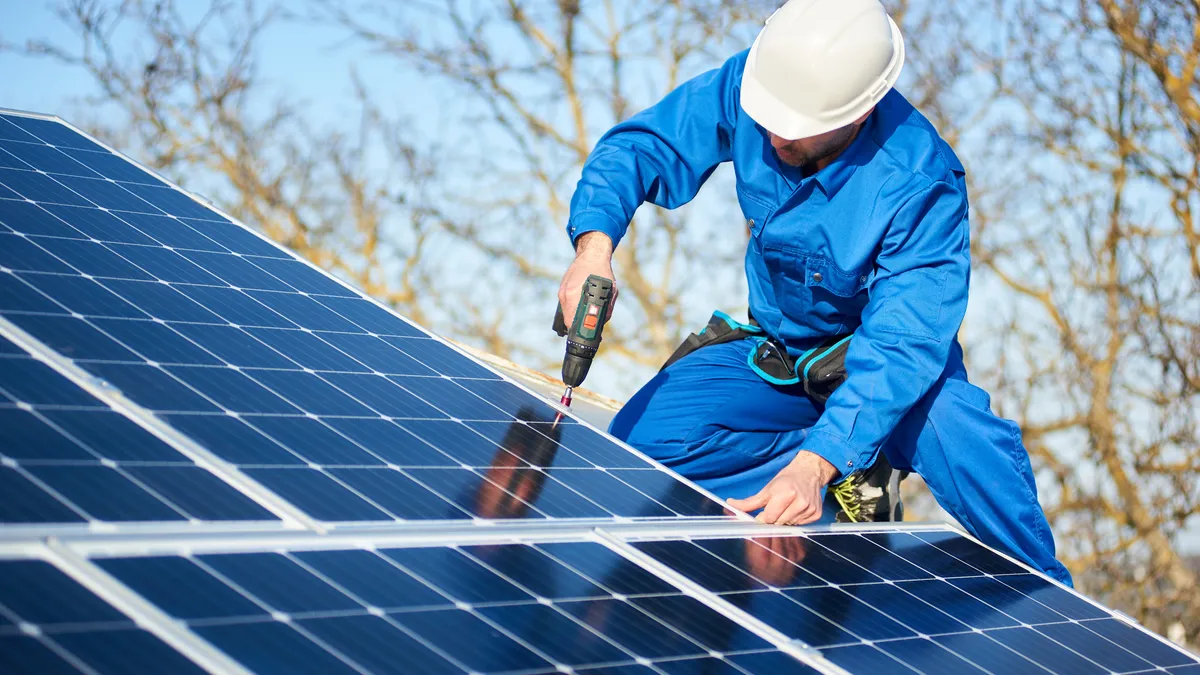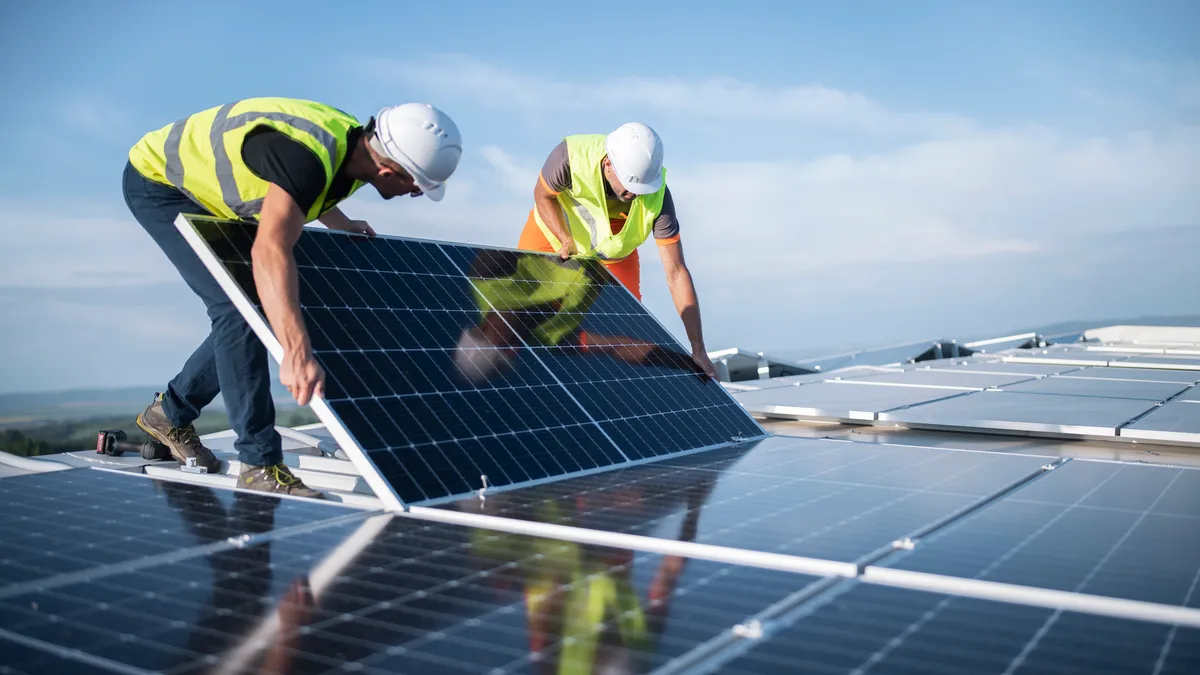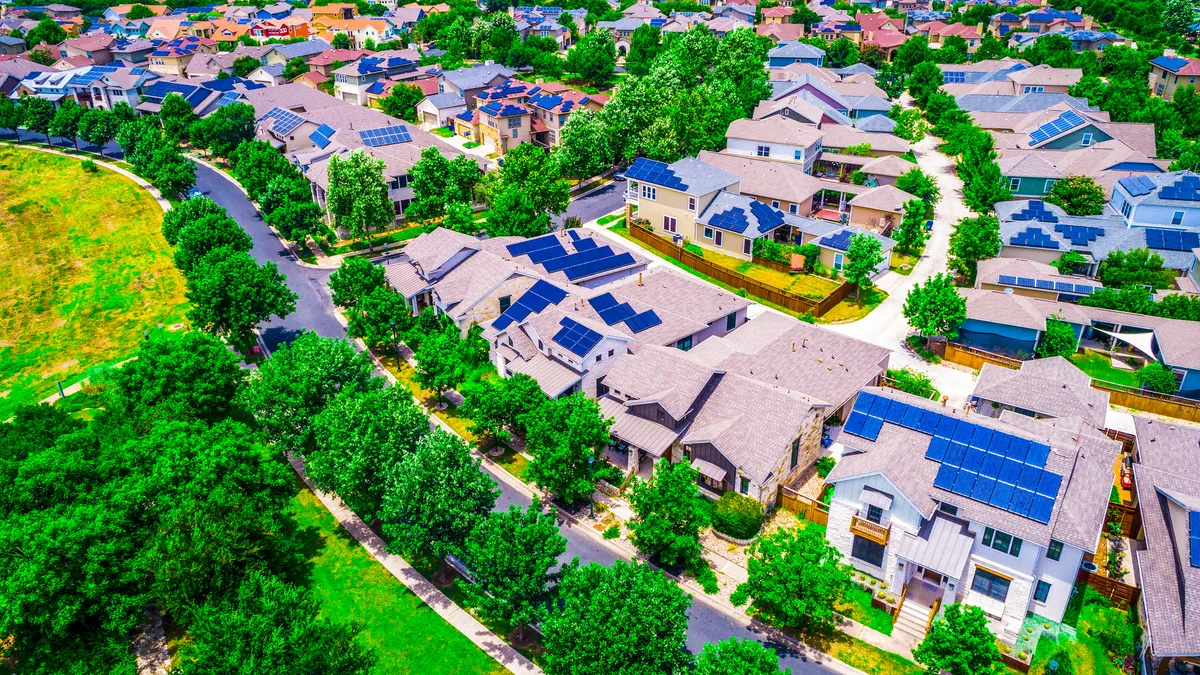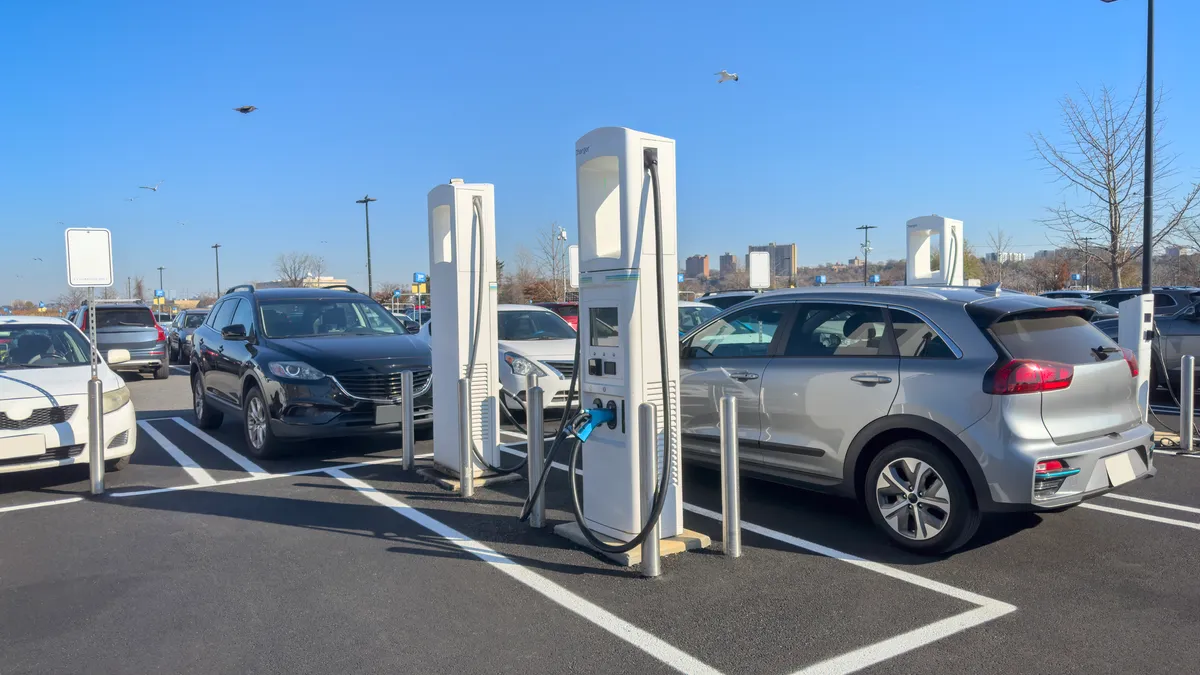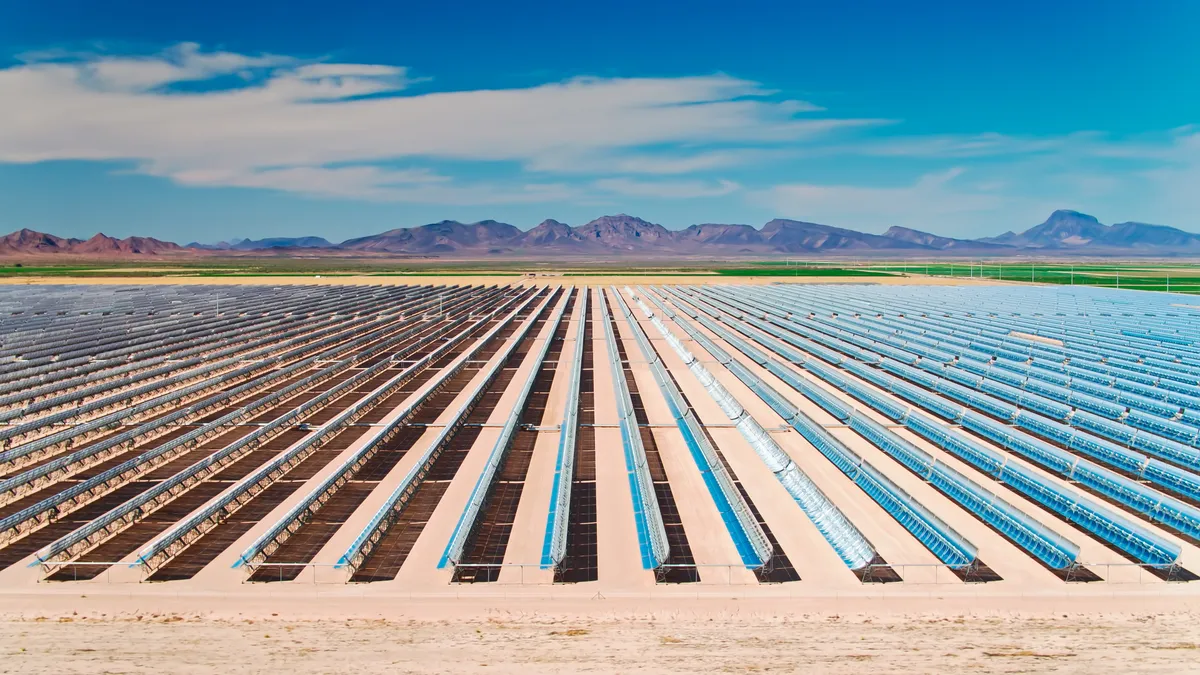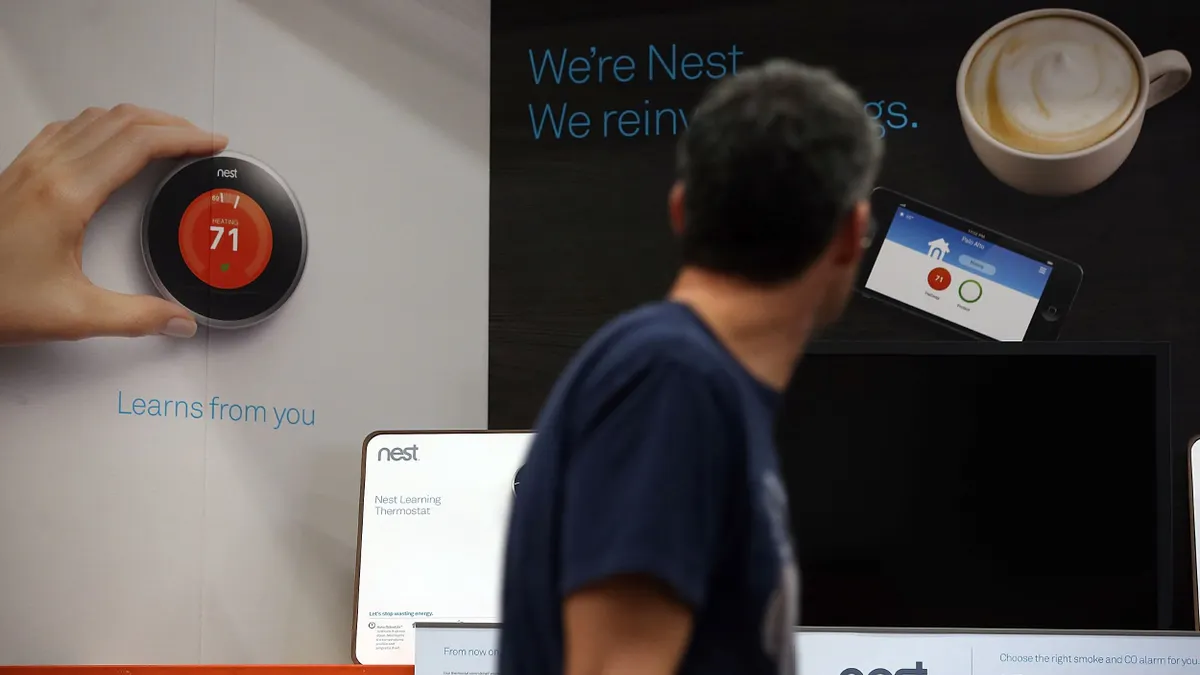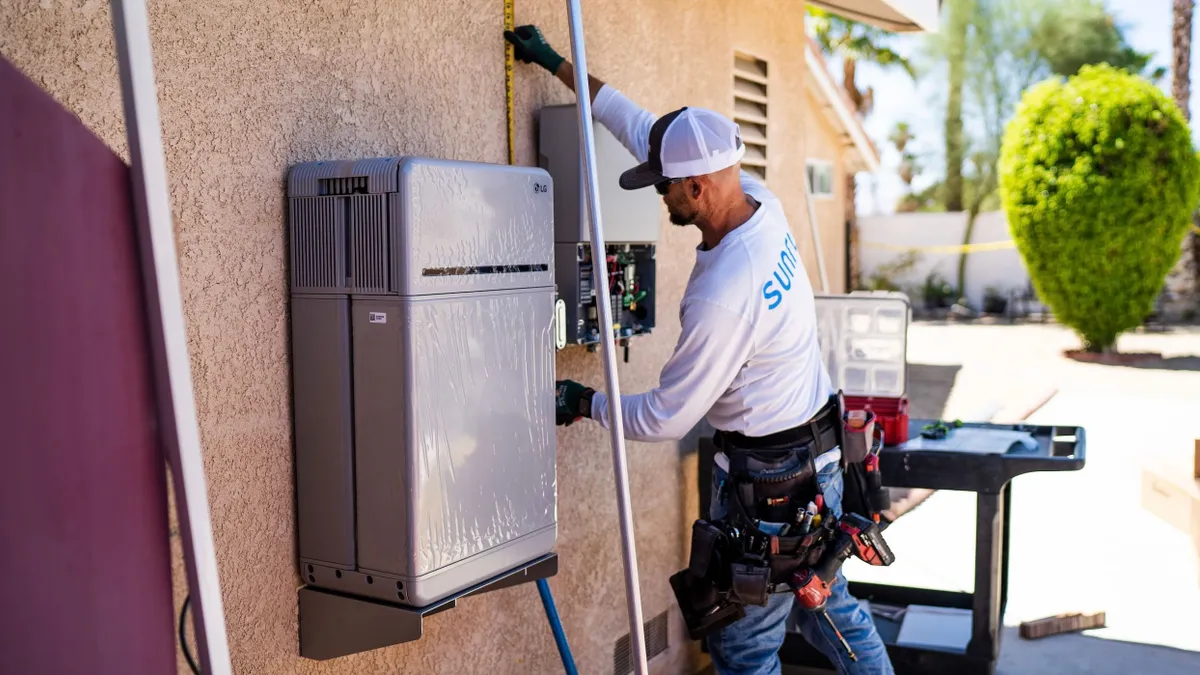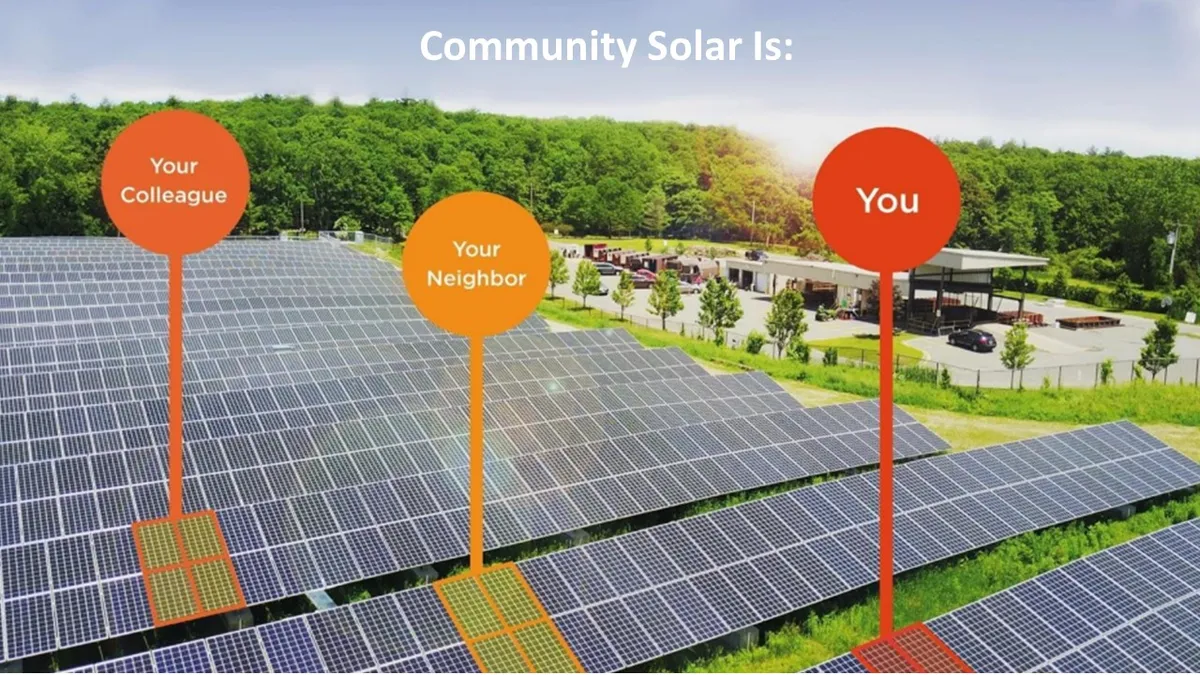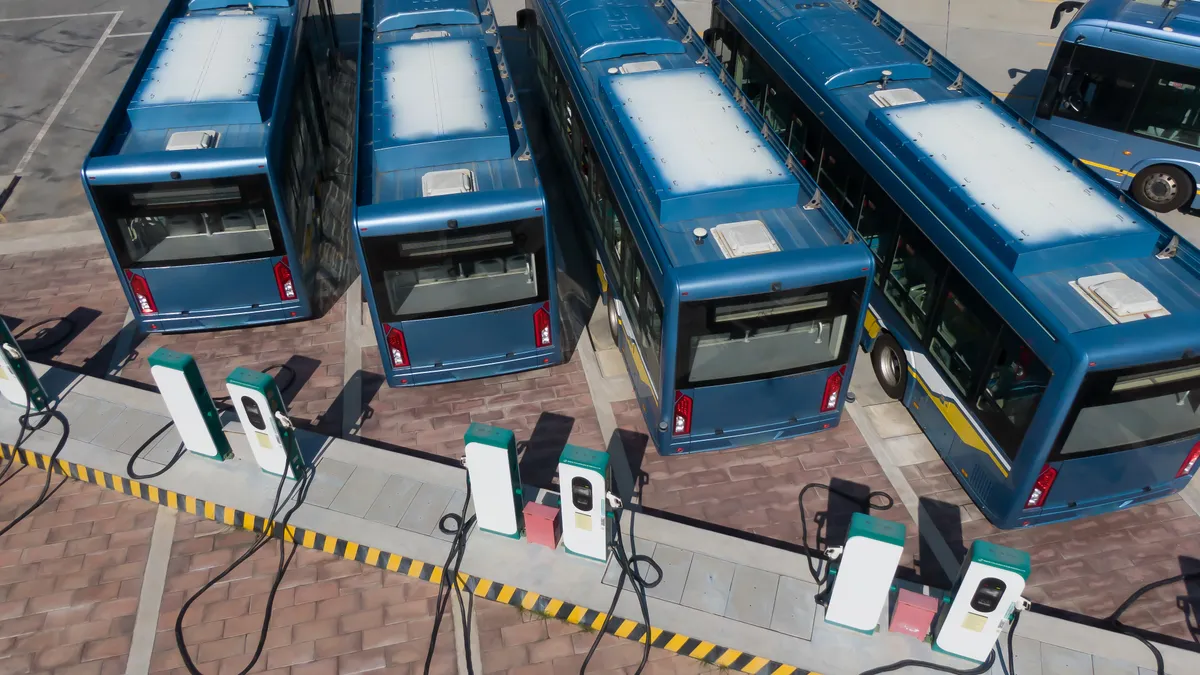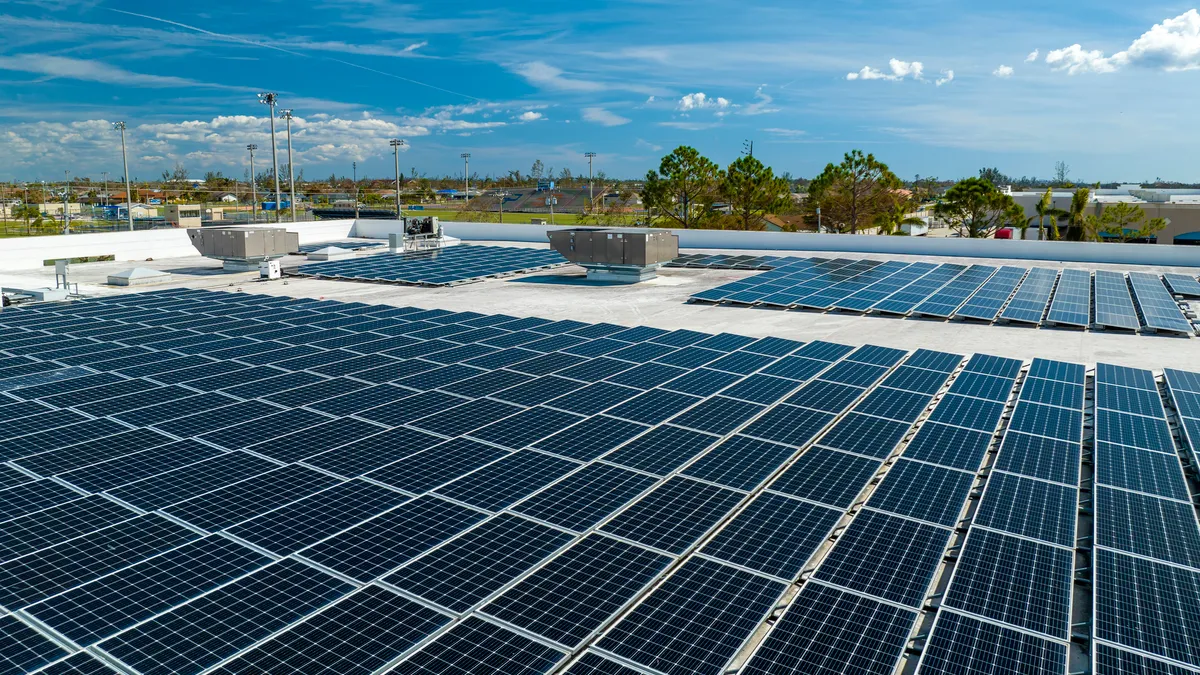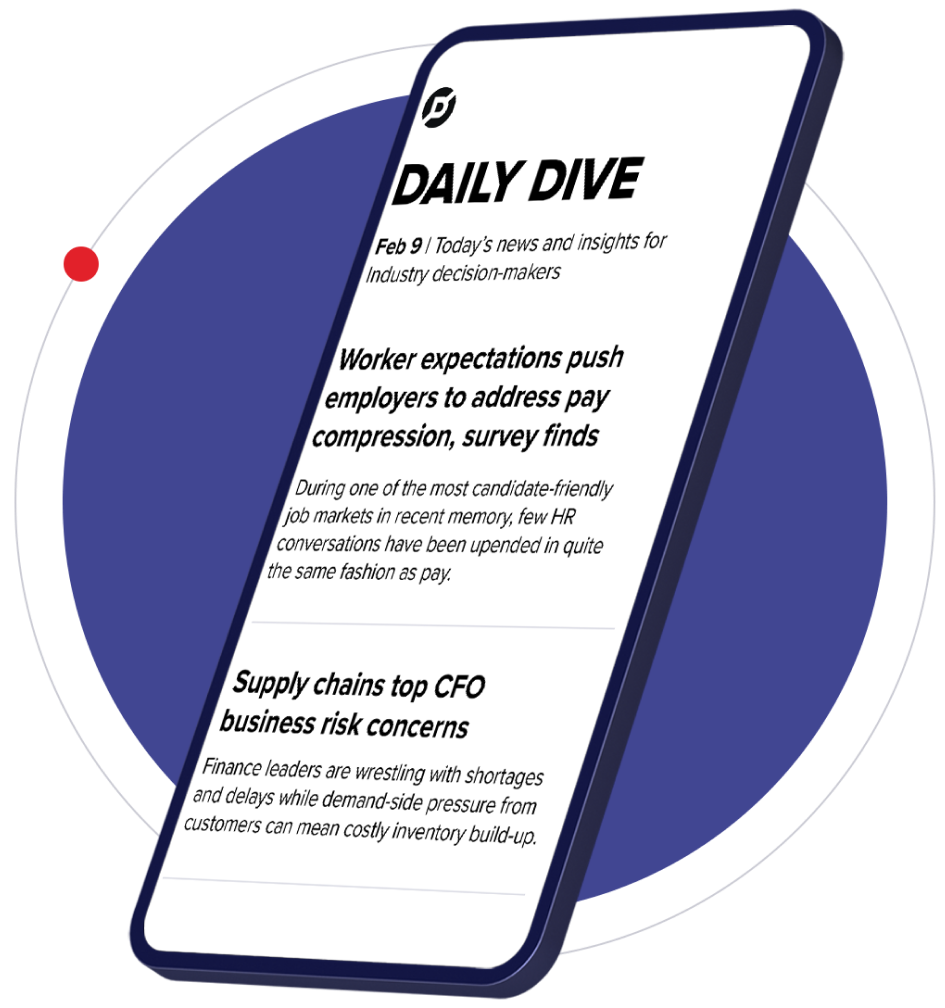Distributed Energy: Page 8
-
7 lessons for Rocky Mountain Power and its partners from virtual power plant pioneer Soleil Lofts
The apartment complex in Herriman, Utah — a collaboration among Rocky Mountain Power, sonnen and the Wasatch Energy Group — is powered by 5 MW of solar panels and has a battery in each of its 600 units.
By Patrick Cooley • Nov. 15, 2023 -
Texas voters approve $10B energy fund, with most going to build gas-fired power plants
The fund will be administered by the Public Utility Commission of Texas, with $7.2 billion allocated for new construction or upgrades of dispatchable power generation.
By Robert Walton • Nov. 8, 2023 -
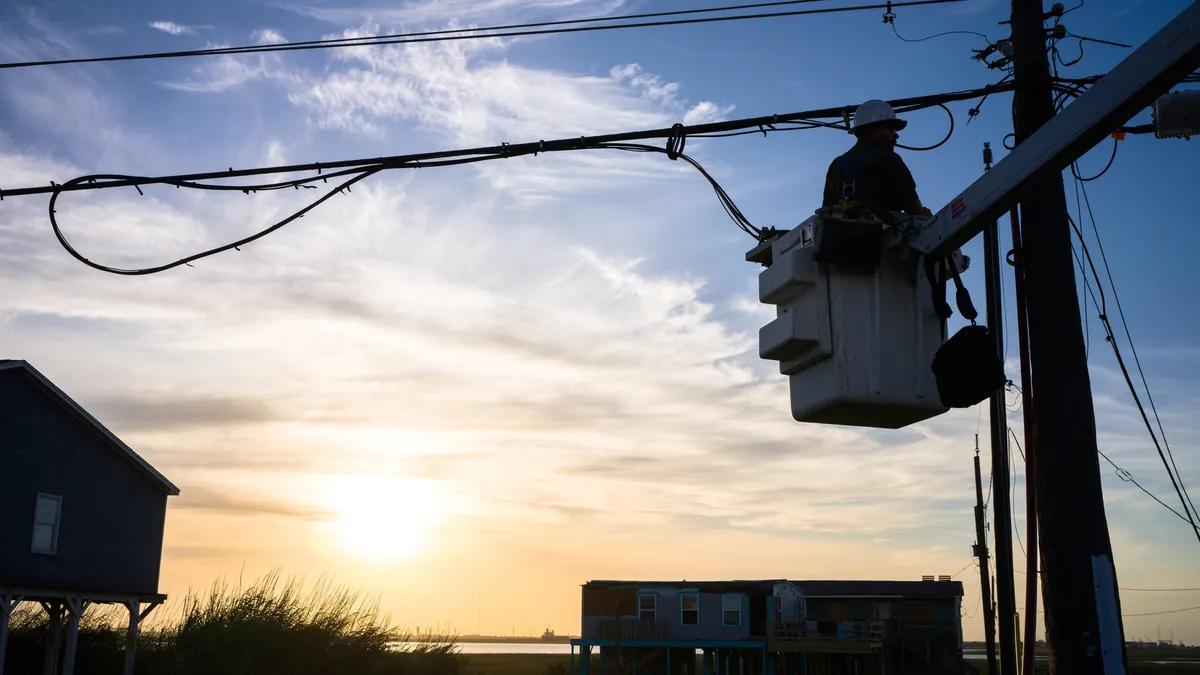 Explore the Trendline➔
Explore the Trendline➔
 Brandon Bell/Getty Images via Getty Images
Brandon Bell/Getty Images via Getty Images Trendline
TrendlineAI in the Power Sector
Artificial intelligence is uniquely positioned to impact the electricity industry from both ends: as the technology driving large load demand growth and as a tool with the potential to make the power system more efficient.
By Utility Dive staff -
Deep Dive
Duke, others leverage new IRA rules to finance clean energy, but cost, complexity are hurdles
New tax credit provisions in the Inflation Reduction Act could more than triple the $20 billion annual tax equity market that today finances clean energy in the U.S., if various challenges can be overcome.
By Herman K. Trabish • Nov. 6, 2023 -
IRA-driven electrification, other steps could cut building GHG emissions up to 70%: EPA
Inflation Reduction Act incentives could reduce building greenhouse gas emissions through 2035 more than emissions in any other end-use sector, according to a recent EPA report.
By Nish Amarnath • Oct. 31, 2023 -
AI is enhancing electric grids, but surging energy use and security risks are key concerns
The power demands of artificial intelligence could grow almost fivefold by 2028, said Sreedhar Sistu, vice president of artificial intelligence offers for Schneider Electric.
By Robert Walton • Oct. 23, 2023 -
Failing to expand the grid may be biggest threat to US energy transition: National Academies
A panel of experts urged FERC to “expeditiously” issue its pending transmission planning and cost allocation reforms and to make sure wholesale power markets can support a shift to 100% clean energy.
By Ethan Howland • Oct. 19, 2023 -
DOE announces ‘largest-ever investment in America’s grid,’ giving $3.5B across 44 states
The first round of funding under the Grid Resilience and Innovation Partnerships program will boost U.S. renewable capacity by more than 10% within this decade, said DOE officials.
By Robert Walton • Oct. 19, 2023 -
Deep Dive
Utilities, charging companies battle over EV fast chargers, slowing deployment amid massive needs
State and federal policies are driving utilities and EV charger providers to transform U.S. transportation. They have found common ground in some areas but cannot agree on the utility role in fast charging deployment.
By Herman K. Trabish • Oct. 18, 2023 -
Uneven pace of FERC Order 2222 implementation continues as grid operators face challenges
In 2020, FERC directed RTOs and ISOs to remove barriers that prevent aggregations of distributed energy resources, such as energy storage and rooftop solar, from participating in wholesale power markets.
By Robert Walton • Oct. 12, 2023 -
2024 US power sector conferences to watch
Start planning for this year’s events, which will cover the clean energy transition, state and federal energy policy and more.
By Larry Pearl • Updated Feb. 16, 2024 -
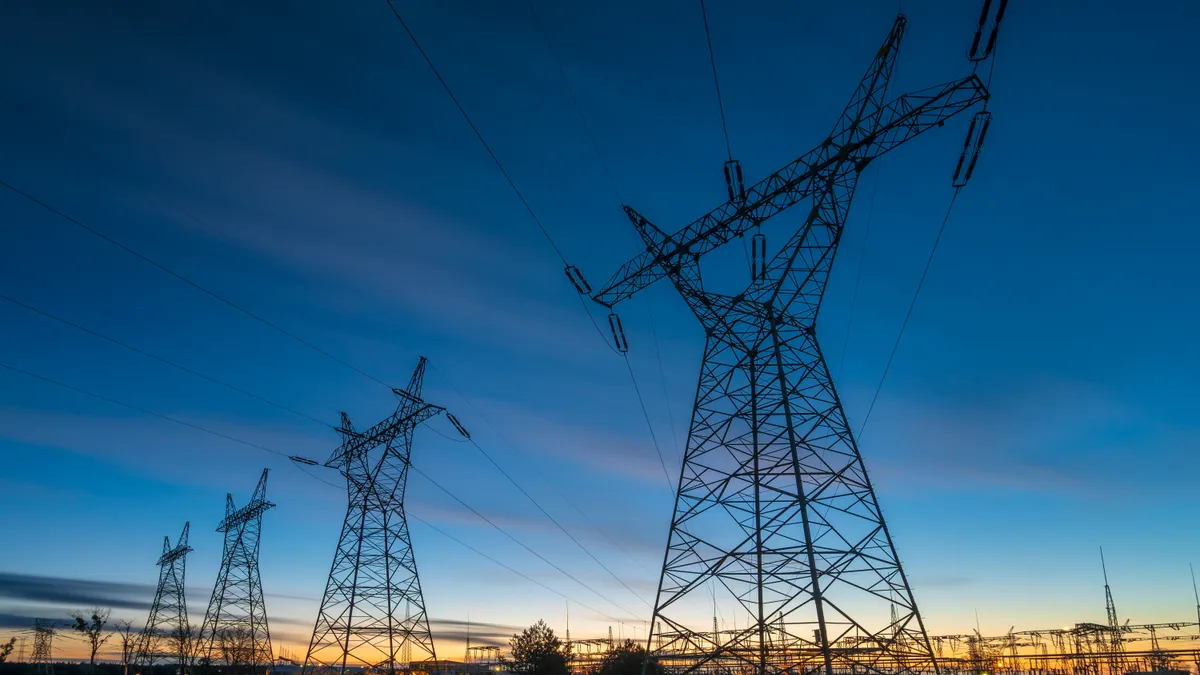

https://stock.adobe.com/Mike Mareen

Battery storage failures highlight reliability challenges of inverter-based resources: report
The analysis is the latest data point in the North American Electric Reliability Corp.’s investigation of IBRs tripping offline or reducing output in response to grid disturbances.
By Robert Walton • Oct. 4, 2023 -
Opinion
Community solar is hot. Why not community wind?
Perhaps the biggest difference between yesterday’s community wind and today’s community solar markets is in their business models, which reflect their respective market and policy environments.
By Mark Bolinger and Bentham Paulos • Sept. 27, 2023 -
Residential DER surges 63% in MISO, pushing distributed resources to 12.5 GW: report
Most utilities expect DER capacity will keep growing, in part driven by corporate clean energy goals, falling costs for distributed resources and access to MISO’s wholesale markets, according to a report released Monday.
By Ethan Howland • Sept. 26, 2023 -
PJM plan for distributed energy aggregations would block virtual power plants: Tesla
Tesla on Friday urged federal regulators to approve measures so residential aggregations in VPPs in PJM can be “achieved at scale and provide transformative reliability value and reduce consumer energy costs.”
By Ethan Howland • Sept. 25, 2023 -
Sponsored by Huron Consulting Group
The future of work in the energy and utilities industry: Embracing automation and digital transformation
In the energy and utilities sector specifically, automation has led to a dual effect – the elimination of certain job roles and the creation of new ones.
Sept. 25, 2023 -
Deep Dive
Rising electrification requires a dramatic shift to integrated planning of DER, bulk resources: Xcel VP
Effective distribution system planning and merging analytic insights into comprehensive electricity planning both face barriers, analysts and stakeholders said.
By Herman K. Trabish • Sept. 20, 2023 -
Tripling virtual power plant capacity by 2030 could save $10B, meet 20% peak demand: DOE
With electric vehicles and other distributed resources surging, virtual power plants may be at an inflection point, the Department of Energy said Tuesday.
By Ethan Howland • Sept. 13, 2023 -


istockphoto.com/monkeybusinessimages
 Sponsored by Copper Labs
Sponsored by Copper LabsAs grids struggle, is it time to revisit our approach to residential demand response?
With a warming climate and an evolving energy system, energy grids are facing new challenges to reliability. A more dynamic and performance-based approach to load flexibility could help.
By Essie Snell • Sept. 11, 2023 -
NARUC, NASEO issue microgrid policy framework to assist regulators
Microgrids’ ability to provide energy resilience raises policy questions “particularly with regard to cost allocation,” say state regulators and energy officials.
By Robert Walton • Aug. 23, 2023 -
DOE lab develops new models to address inverter faults, avoid grid disruptions
Electromagnetic transient domain analysis may be key to stopping inverter-based resources from tripping offline or reducing output in response to grid events, according to research from Oak Ridge National Laboratory.
By Robert Walton • Aug. 18, 2023 -
Opinion
Virtual power plants: Resource adequacy without interconnection delays
VPPs can be implemented today, but much more needs to happen to accelerate this transition at scale.
By Ryan Hledik, Kala Viswanathan and Kate Peters • Aug. 17, 2023 -
US virtual power plants expected to proliferate as reliability needs rise with increasing renewables
Battery storage and smart appliances make virtual power plants a viable option to address the intermittency of renewable energy.
By Patrick Cooley • Aug. 14, 2023 -
Deep Dive
A community solar boom will test Xcel, other utility plans against developer, customer needs: analysts
New state and federal funding and initiatives for community solar can bring equity and system reliability to the emerging energy transition, analysts say.
By Herman K. Trabish • Aug. 10, 2023 -
Cities can better afford renewable energy, EV and other climate projects with new tax incentives: report
Tax credits made available to cities through the Inflation Reduction Act are so significant “that they may warrant a re-evaluation of some previously assessed investment opportunities,” the Alliance for a Sustainable Future report says.
By Ysabelle Kempe • July 26, 2023 -
New York completes state’s largest rooftop solar project atop Medline distribution center
Governor Hochul says the 7.2-megawatt community solar project is expected to power over 1,600 homes and reduce energy costs for both Medline and local residents.
By Joe Burns • July 21, 2023

